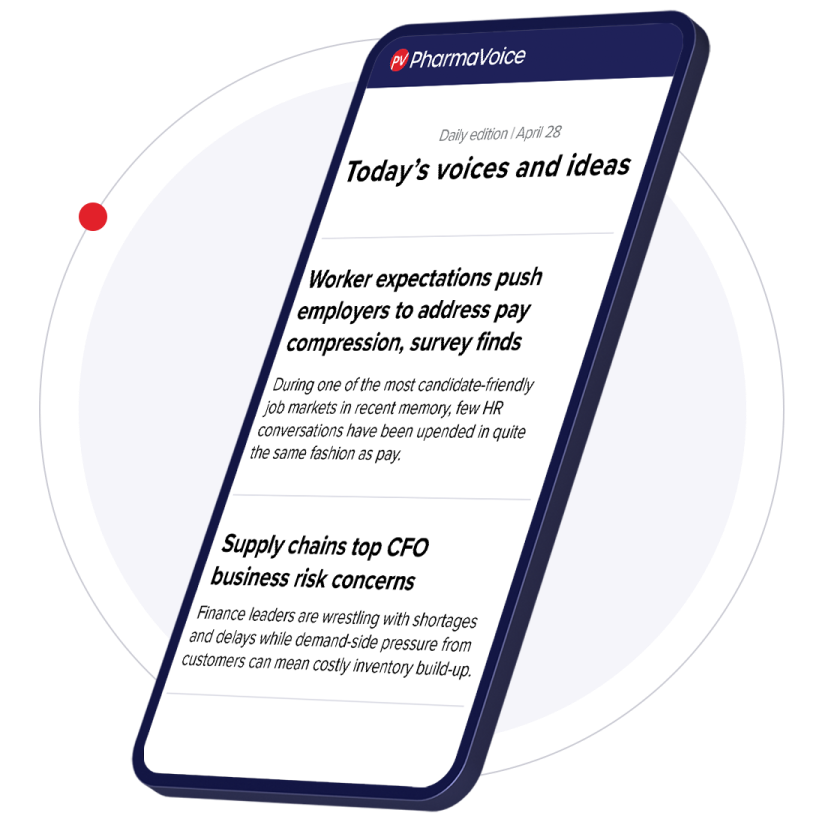When Amy Burroughs stepped in as CEO of Terns Pharmaceuticals last February, she joined the company at a challenging time.
Just weeks earlier, Terns announced it was scrapping its phase 2 candidate for metabolic dysfunction-associated steatohepatitis due to changes in the market, despite positive data.

Even more devastating was the death of Terns’ former CEO, Senthil Sundaram, who passed away in November 2023, just months after an aggressive form of cancer had forced him to leave his position.
“He was a really transformational leader and someone who was very beloved within the company, having taken the company public and … to a new level,” Burroughs said. “So it was a tremendous responsibility for me.”
Sundaram left a lasting legacy at Terns.
“He left the company both heartbroken, but also in amazing shape, in terms of having a good balance sheet and a good portfolio of assets that could be best in class,” Burroughs said.
In particular, Terns is developing two clinical-stage molecules in blockbuster indications: obesity and oncology. The company reported positive phase 1 data for each in 2024 and has plans for two additional clinical data readouts in 2025. It also has $373 million in cash, which Burroughs said will carry them into 2028.
An oral advantage in obesity
Terns is taking aim at the already bustling obesity market with TERN-601, a phase 2 ready, oral GLP-1 agonist, which showed promising phase 1 data in September.
“GLP-1 agonists are a known mechanism that can drive clinically meaningful weight loss, and you've seen that with the injectables. We've also seen that the delivery method and the side effect profile costs, the accessibility for people around the world is not ideal,” Burroughs said. “I think there's an obvious need for an oral [option].”
Although there are other oral GLP-1s in development, Burroughs noted that they “have some high levels of tolerability issues, particularly GI tolerability.”
For instance, Novo Nordisk’s oral obesity candidate, amycretin, showed “remarkable” weight loss results in its phase 1 trial, but half of patients experienced gastrointestinal events when taking the 50mg per day dose. That number swelled to 87.5% for patients taking the twice daily 50mg dose.
“We think great science, a great product and a great clinical development plan is what will break through.”

Amy Burroughs
CEO, Terns Pharmaceuticals
TERN-601 was found to be “well tolerated with no treatment-related dose interruptions, reductions or discontinuations at any dose, despite fast titration to high doses,” Terns said in a press release, although the drug candidate caused some gastrointestinal events that were “mild to moderate and consistent with the GLP-1R agonist class.” Burroughs added that physicians “don't want to prescribe a drug where you've got many of your patients calling and having trouble titrating [the dose] up, or having trouble with nausea, vomiting or even ending up in the ER sometimes.”
“We are looking to have a better tolerability profile with clinically meaningful weight loss, and we think there's a huge opportunity there,” Burroughs said.
Although the obesity drug development space is already crowded, she noted that it “is not a one-size-fits-all market,” pointing also to TERN-501, a combination obesity candidate.
“I come from a commercial background, and understanding the needs of patients and physicians,” she said. “We think great science, a great product and a great clinical development plan is what will break through.”
A next-gen leukemia medication
In oncology, Terns has a similar strategy with TERN-701, an oral small molecule for chronic myeloid leukemia. The company announced positive early phase 1 data in December.
“It is similar in terms of the large unmet need, a validated mechanism of action, a place where we have a best-in-class product … in development and [are] looking at exciting data readouts in the second half of the year,” Burroughs said.
In addition to good efficacy, Burroughs said the drug’s safety, tolerability and convenience would set it apart from current treatments, such as Novartis’ Scemblix, which requires fasting before taking it, and tyrosine kinase inhibitors, which come with a litany of adverse side effects.
“If you talk to CML patients, these drugs can be difficult to live with. I think people are grateful to be alive. They also live every day with real challenges and a high rate of switching [drugs] due to tolerability issues or lack of efficacy,” she said. “We're looking to address both of those things with a better drug. We designed this from the beginning to be a better molecule, a better allosteric inhibitor.”
Burroughs sees blockbuster potential for both TERN-601 and TERN-701.
“It’s a large market opportunity, but it’s also something that can be commercialized by a smaller biotech like Terns,” she said.
After several tough years, Burroughs said Terns is buoyed by “fantastic scientists,” internally discovered assets, and a team that’s still motivated by their late CEO’s vision.
“[Sundaram] loved this company and would be proud to see where we're taking it and what we're doing with it,” she said.











